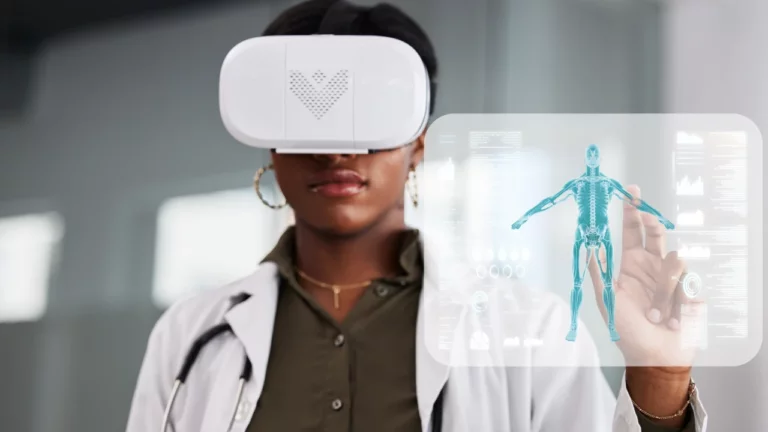The COVID-19 pandemic has truly uncovered problems and limitations in our healthcare system—from hospital overcapacity to workforce shortages and delayed response to healthcare. This weakness created various solutions from our health sectors, one of which is accelerating telehealth and remote patient monitoring to augment the workforce in combatting this dreadful virus while providing continuous care to chronically ill patients who are less prioritized during the pandemic.
In early May 2021, 45% of US citizens received their first vaccine as of this writing. Efforts have been made to fast-track vaccine rollouts to benefit and achieve herd immunity. President Biden aims 70% of the US adult population to be vaccinated at least one shot by July 4, prompting us to prepare for the post-pandemic era.
We take into account the valuable lessons the pandemic taught us. The world may have been battered with all the burdens brought by COVID-19, but we have learned to adapt to digital innovations and become more resilient as we move towards the new normal in healthcare.
Remote patient monitoring continues to be revolutionary in boosting the healthcare force, filling gaps in addressing the digital divide during these unprecedented times. With the accelerated response to ease healthcare, tech companies should consider the following points for remote patient monitoring to sustain beyond the pandemic:
1. More healthcare providers will be available online
During the pandemic, more people search for answers on the internet. They will likely find providers on the internet, too, and this movement will increase more after the pandemic. With more providers available online, interpreting data gathered from remote patient monitoring analysis will enable providers to educate more patients online, improving patient care and satisfaction.
2. More healthcare facilities will adapt to technology
As remote patient monitoring continues to develop and improve, patients are more presumed to access remote patient monitoring before even stepping into a healthcare facility. Due to more work-at-home setups, your living room can become your waiting room during online appointments with your healthcare providers. DrKumo, the next-gen RPM, uses a quick integration with AI and increased accuracy through a real-time data stream. This innovation will save time in gathering data in the future and focuses more on patient treatment.
3. More patients will be proactive with their health
Patients with chronic diseases had taken a backseat when hospitals became exhausted with treating critically ill COVID-19 patients. This reality will predict more chronic patients being sick and grow in numbers as more people return for checkups after the pandemic.
More measures to promote preventive health will ensue post-pandemic, with particular emphasis on prevention or dealing with chronic diseases. From home to healthcare providers, remote patient monitoring will empower more patients to take control of their health.
Takeaway
Remote patient monitoring will be sustainable beyond the pandemic. With increased data accuracy as well as real-time data integration, remote patient monitoring will reshape healthcare by incorporating digital technology to address our evolving healthcare system changes.








